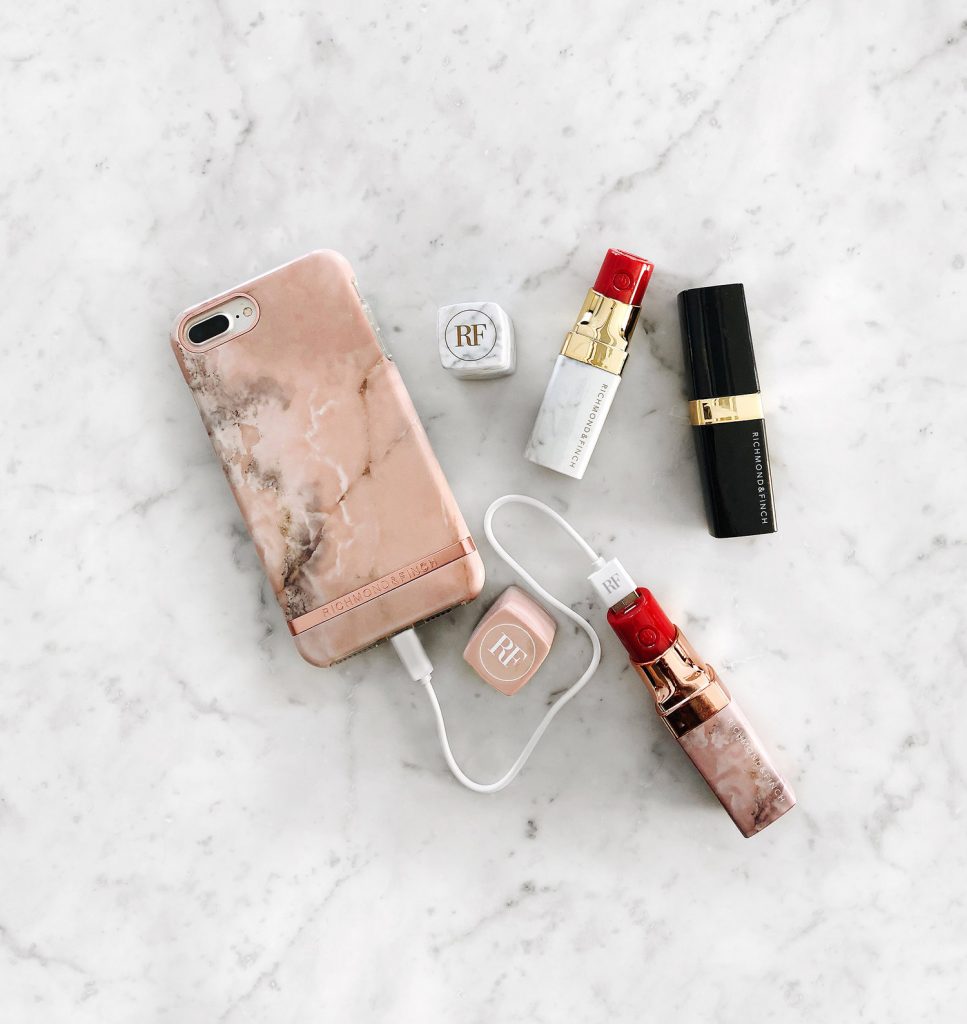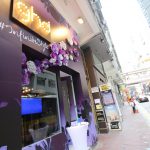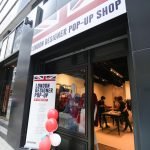I was honored to join the seminar session hosted by Inside Retail Hong Kong held at the Retail Asia Expo as a panelist to discuss the evolving trend and increasing importance of experiential retail. At the event, Richmond & Finch Consultant Kitty Chiu and CEO of FWM Restaurant Group Ricky Lai shared the learnings and challenges of establishing a global lifestyle brand and delivering exceptional experiences to customers through experiential retail.
As a supporter of the retail revolution, I was excited to hear first-hand how experiential retail has shaped the strategy of these two brands, in particular, the Richmond & Finch story made for a compelling case study.

The rapid rise of Richmond & Finch
Richmond & Finch is a mobile accessories brand founded in Stockholm, Sweden in 2014. The founders took inspiration from fusing technology with fashion to create unique lifestyle accessories that placed the brand at the forefront of a nascent niche market. With a fresh collection each season, they have certainly made a splash on the fashion scene and they are now considered the fastest growing mobile accessories brand internationally with more than 500,000 products sold across 50 countries within 12 months.
Since the beginning, the brand has used storytelling to break into a crowded market with a brand identity that had a strong appeal with millennials. Their Instagram account has taken off at incredible speed and taking one look at their Magazine section immediately shows how stories are woven into a cohesive lifestyle centered on the brand. Over time, the brand has partnered with hotels, restaurants, airports and other luxury lifestyle brands to develop strategically located touchpoints with their key customers. In Hong Kong, the brand has gone on sale in the Harvey Nichols department store at Landmark, and in 2017 they announced plans for a standalone store in Shanghai.
The strategy is working and Richmond & Finch has been eagerly received by millennials in Asia who, according to Director of Asia Oliver Spring, “have an unstoppable hunger for Swedish design and lifestyle products.” With accessible luxury up and coming, the brand is certainly looking ahead at a bright future as they further expand their offering in Asia and play into the trend of millennials making brand purchases as a form of self-expression.
The success story of Richmond & Finch is part of a bigger trend where we see fashion retailers becoming more tech, and tech retailers becoming more fashionable, with storytelling centered on brand experience – something I’ve looked at in the past with case studies on Burberry and Sephora.

What we can learn from these case studies
There is no Golden Recipe for delivering the perfect retail experience that fits every brand and each of their customers. But looking at Richmond & Finch, Burberry and Sephora, there are a number of key takeaways that need to be carefully considered by brands planning to upgrade their experiential retail strategy:
1.Understand the customer. The customer should be centric to everything you do. Delivering an experience that makes each customer feel like the most important person will drive them to revisit that experience and keep coming back to you.
2.Focus on experience over selling goods. Focus on the customer experience and treat the products like souvenirs of that experience. Engage different senses and make it easy for customers to touch, hear, taste, smell and feel your products.
3. Make stores matter. Stores are regaining importance as essential touchpoints with customers, and having a physical retail strategy for every stage in the product lifetime is invaluable to taking brands from Concept to Customer.
4. Tell stories that strengthen the brand. Define your brand image, voice and values through storytelling to connect with your key customers in an engaging way that separates your brand from the rest.
5.Embrace technology. Use innovative technology to create a richer shopping experience that is more informative, immersive and satisfying. Combine several interactive elements across artificial intelligence, virtual reality and augmented reality. Then collect the data to deliver unforgettable personalized moments for your customers.
6. Synergize everything into a single omnichannel strategy. Blend the offline and online worlds around your brand into a single experience across all channels. As your customers move from phone to store, engaging with your brand on different channels should be frictionless and seamless.
True winners in the experiential retail game have creative strategies and effective approaches for each of these 6 points.
Looking for the perfect space for your project? Browse +10,000 listings available worldwide
- The Chinese Retail Market: Pop-up Stores and Massclusivity - November 30, 2020
- 7 For All Mankind Builds Buzz with Its Pop-Up Store in Le Marais - May 1, 2019
- 3 Reasons To Open a B2B Pop-Up Store - February 20, 2019





